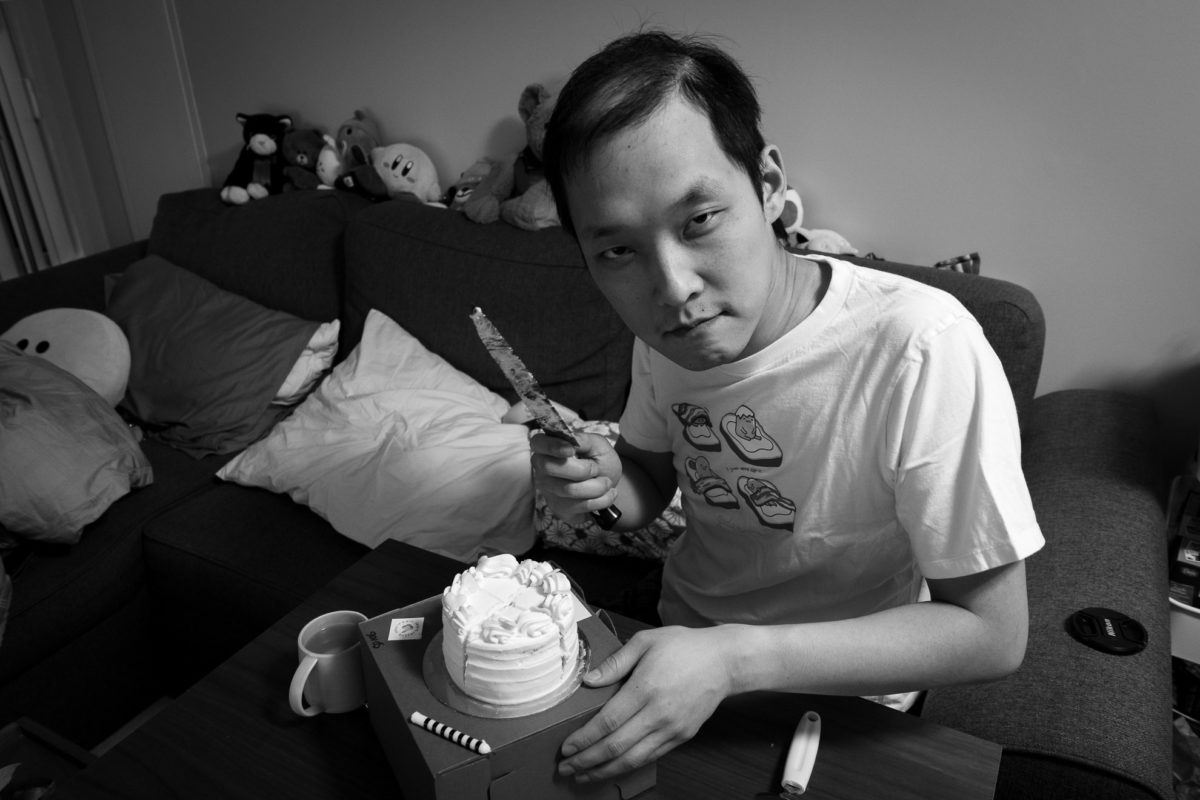The year 2022 wasted no time in giving me something to write about, because I finally got smacked with the covid stick. As luck would have it, it happened right after the booster shot. Thankfully, everything worked out and it is firmly in the rear view mirror, so sit back as I recount this painfully ordinary ordeal.
I went for my booster on a Friday, felt some mild side effects on Saturday, and was completely fine on Sunday. But when Monday came around, I was feeling like i was coming down with a cold by the middle of the day. A rapid test I took at work turned out negative that afternoon, so I considered the possibility that it might be a second round of side effects. Whatever it was, it escalated into a fit of chills and fever that same night, which subsided around midnight.
By Tuesday morning I felt fine enough to drive the wife to work, though I wasn’t having a great time doing it. I rested for the rest of the day and felt significantly better with the help of over-the-counter cold & flu medicine, with nighttime NeoCitran doing a lot of the heavy lifting.
I went to work the following morning and took another rapid test, and this time I got a positive result. After that it was straight back to home for me for five days. The wife also came down with similar symptoms later on in the week, though it never got as bad as a fever. And thanks to the current covid testing policy in Ontario, she never got tested, so we don’t technically know for certain if she’s had it or not.. In both of our cases, all lingering minor symptoms disappeared in about a week.
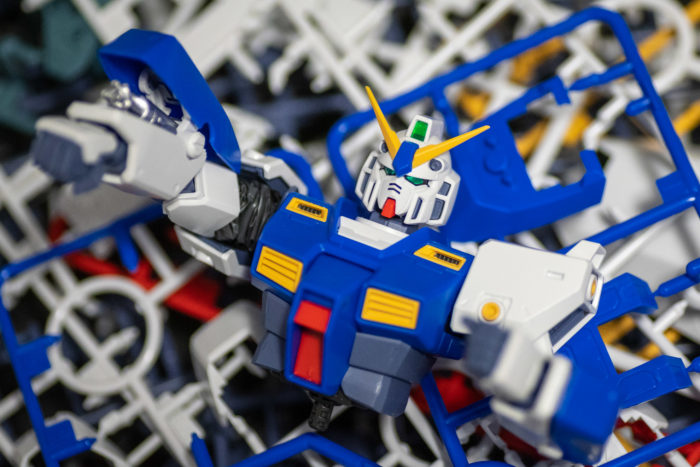
This experience was certainly an interesting way to start the year. At the risk of trivializing the greatest public health challenge of our time, I have to say: getting and then recovering from covid feels fantastic. It’s good to be assured that I did not become one of the rare nightmare cases of severe or long covid. It is especially good to feel somewhat invincible to re-infections, and to be finally free from the main culprit in this age of uncertainty.
The omicron wave really does feel like the turning point in the pandemic. It was this wave that an avalanche of people became familiarized with the disease due to the sheer number of infections, either through first-hand or second-hand experience. Consequently, I’ve noticed a big change of attitude toward covid in those around me. Some proclaim they are confident that the rounds of vaccination will protect them sufficiently from the serious outcomes, but I see the shift as a collective capitulation to reality.
Vaccination alone has unfortunately failed to end transmission, and the populace as a whole are just unwilling to put up with more anti-covid measures, especially since the virus is quick to exploit the weak links of any strategy (I’m looking at you, border restrictions!). At the same time, the strain of the public health care system has not been catastrophic despite the changing attitudes. It was still tremendously disruptive here in Ontario, as the backlog of procedures will take years to clear up, but there were no scenes of makeshift morgues, for example.
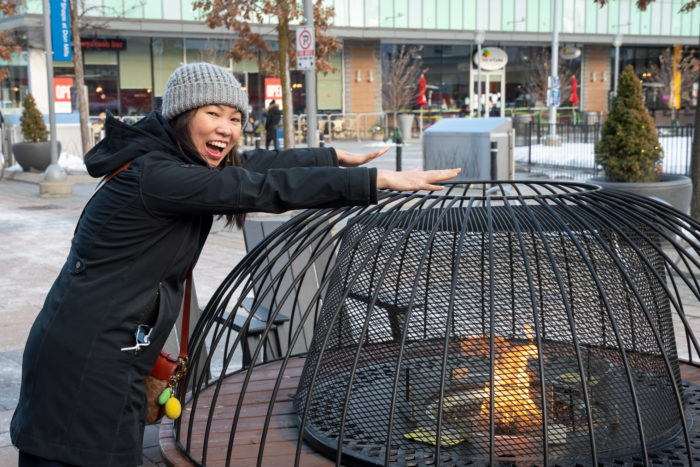
So what now? Well, I feel bad for the folks who have kept up their guard all this time, because rightfully or wrongly the world has passed them by. As covid mandates evaporate, all one can hope for is for the virus to become milder over time rather than the other way around. At this point being covid-free is not only a tremendous sacrifice of life experiences, but also an increasingly far-fetched pursuit.
In a sense, covid is “over” — not as a definitive triumph of modern science, but rather a decidedly less sexy process of dilution, both in the virus itself and our response to it. Not the best possible outcome, but I would be happy if this is where we ultimately settle down. For my part, I look forward to the warmer months without a sweaty face diaper.
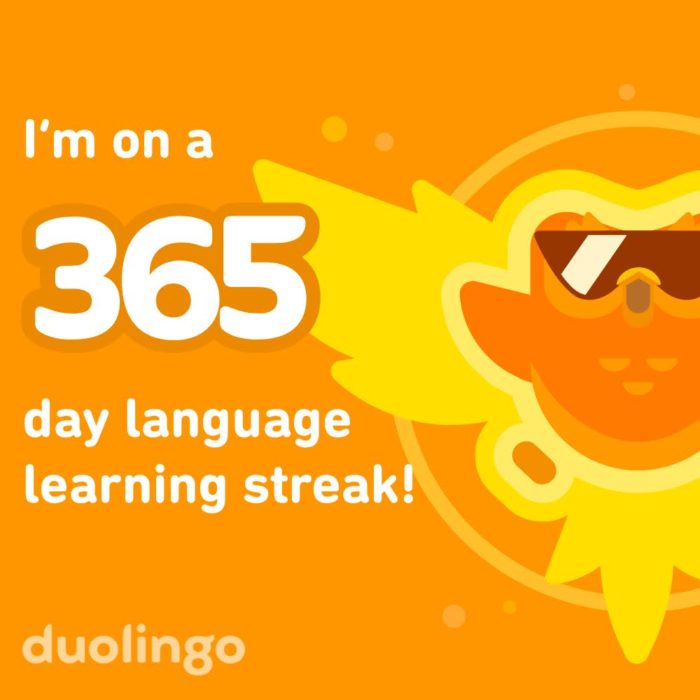
In non-covid related news, I have recently finished a full year streak of Duolingo Japanese lessons! I am pretty proud of myself for this achievement. It’s definite not the most efficient way to learn the language, but it was easy to settle on a routine with its bite-sized lessons.
Kanji is so much worse than i imagined. It’s got the visual complexity of their Chinese origin, but with none of the consistency. In Chinese, a single character almost always has only one pronunciation. In Japanese, there are multiple pronunciations that are completely dependent on context, which drives me absolutely nuts. For example, 月 is pronounced as tsuki, getsu, gatsu, gachi, and a few other pronunciations that are for names only. Having a background in Chinese helps a lot with recognition, but the pronunciations will forever baffle me.
Thankfully, hiragana and katakana are the opposite. They are more akin to a normal western alphabet system, and there is no guess work on the pronunciation. Paired with some basic kanji knowledge, I can go through most food packaging and restaurant menus.
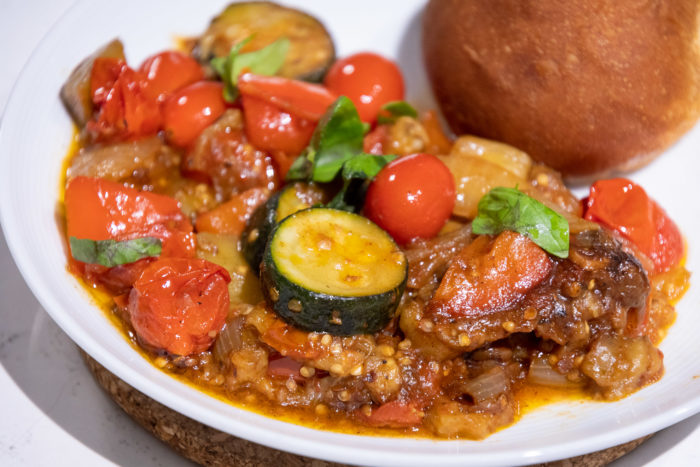
The true value of the lessons this past year is learning the particles which bind words together into sentences, such as wa (は), o (を), de (で), ni (に), and no (の). Instead of detailed explanations, Duolingo teaches via sheer repetition with the support of community discussion in the comments. I won’t claim the progress made this year is anything to boast about, but this has given me some of the basics to break down sentences I come across in video games and anime, which improves my ability to learn organically.
You might say that this is a rather pointless skill to learn for someone who will only be in Japan as a tourist, but I say it’s no less useless than any of my other hobbies. The learning process has been fun and rewarding, and that’s plenty enough for me. With that said, I do look forward to the next opportunity when I will get to flex my broken Japanese to the natives.

